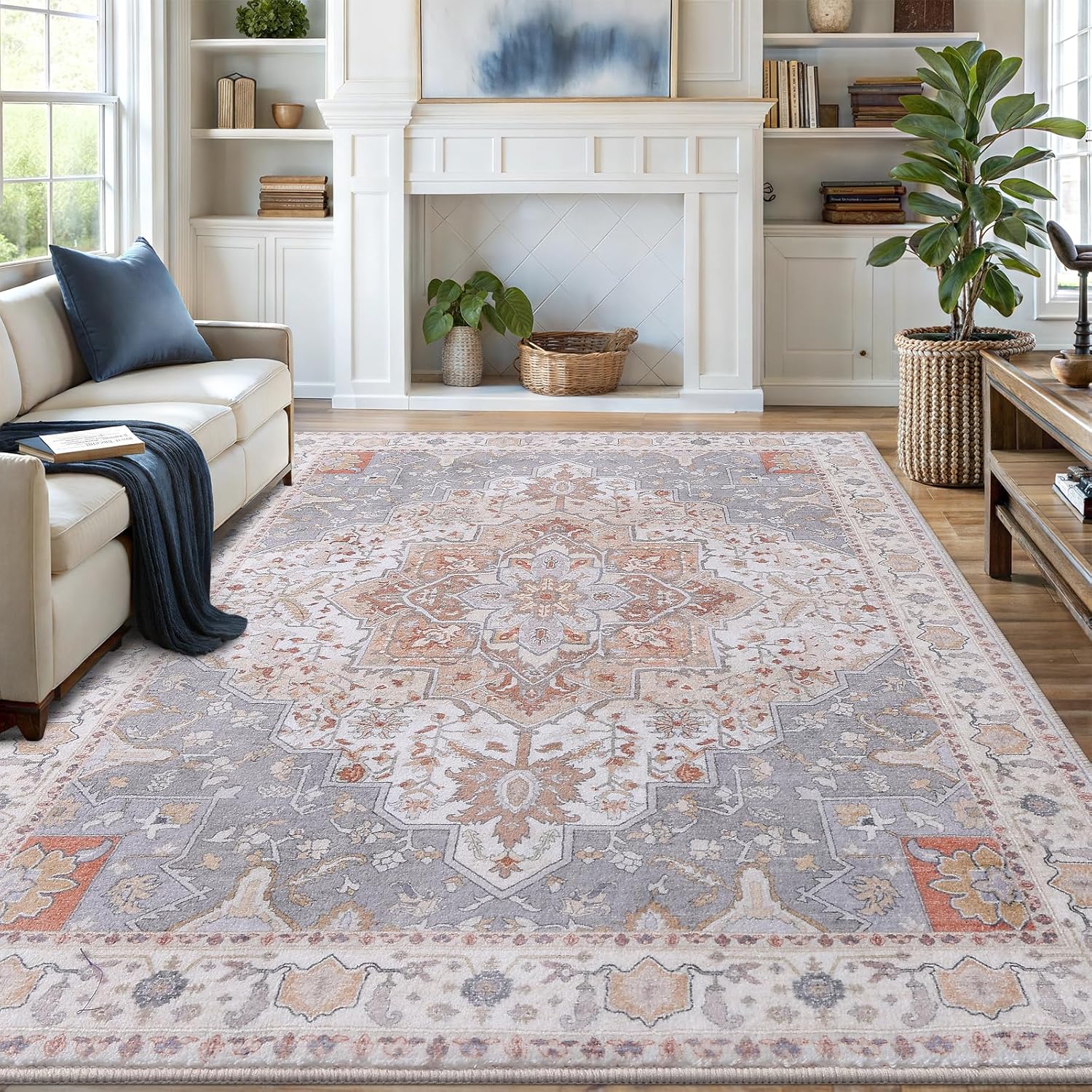To clean and preserve antique wood floors, use a gentle cleaner, avoid excess water, and regularly apply a suitable wood conditioner to maintain their beauty.
Antique wood floors add timeless charm to any home, but they require special care to maintain their beauty. Unlike modern hardwood, these floors often have delicate finishes and unique vulnerabilities. Follow these professional techniques to clean and protect your historic flooring investment.

Understanding Antique Wood Floor Characteristics
Antique floors differ significantly from modern hardwood in several key ways:
- Reclaimed materials: Often made from beams, joists, or other structural elements
- Natural aging: 100+ years of expansion/contraction creates unique grain patterns
- Original finishes: May include shellac, wax, or early varnishes rather than polyurethane
- Irregular surfaces: Hand-planed boards show tool marks and natural imperfections
Why Standard Cleaning Methods Fail
Modern floor cleaners can damage antique surfaces because:
- Harsh chemicals break down historic finishes
- Excess moisture causes cupping between boards
- Abrasive tools scratch softer aged wood
- Steam cleaning warps thin antique planks

Daily and Weekly Cleaning Routine
Essential Tools
| Tool | Purpose | Antique-Safe Options |
|---|---|---|
| Broom | Dry debris removal | Natural bristle or horsehair |
| Vacuum | Deep cleaning | Hard floor vacuum with brush attachment |
| Mop | Damp cleaning | Microfiber or sponge mop |
Cleaning Solutions
For routine cleaning:
- pH-neutral cleaner: Mix 1/4 cup organic castile soap with 1 gallon water
- Vinegar solution: 1/2 cup white vinegar + 1 gallon water (avoid on waxed floors)
- Commercial products: Look for “antique wood floor” specific cleaners
Deep Cleaning Techniques
For Built-Up Grime
Centuries-old floors may need special attention:
- Test cleaning solution in inconspicuous area
- Apply solution with soft cloth using grain direction
- Let sit 2-3 minutes (no longer)
- Gently scrub with soft-bristle brush
- Immediately dry with clean towel
Between Board Cleaning
For dirt in cracks:
- Use plastic putty knife to loosen debris
- Vacuum with crevice tool
- For stubborn dirt, use toothbrush dipped in mineral spirits
Preservation Methods
Protective Measures
Extend your floor’s lifespan with:
- Felt pads: On all furniture legs
- Area rugs: In high-traffic zones with rug pads
- UV protection: Window films to prevent sun bleaching
- Humidity control: Maintain 35-55% relative humidity
Periodic Maintenance
According to the National Park Service, antique floors need:
- Waxing: Every 6-12 months with paste wax
- Re-coating: Every 3-5 years with compatible finish
- Professional help: For major repairs or refinishing
Common Mistakes to Avoid
Preservation experts warn against:
- Using steam mops or excessive water
- Applying modern polyurethane over original finishes
- Sanding without professional assessment
- Using oil soaps that create buildup
- Allowing pet accidents to sit untreated
Special Considerations
For Different Antique Floor Types
| Floor Type | Cleaning Method | Preservation Tip |
|---|---|---|
| Waxed | Dry methods first, minimal damp cleaning | Re-wax high-traffic areas more frequently |
| Shellac | Alcohol-free cleaners only | Patch test any new products |
| Unfinished | Very light damp mopping | Consider professional sealing |
For homes with pets, consider pet-specific vacuums to prevent scratches from debris.

